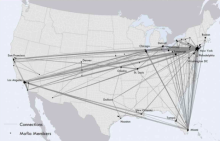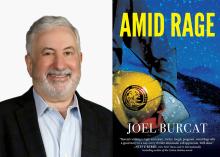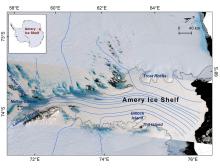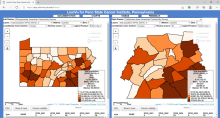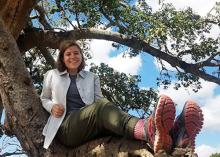At its height in the mid-20th century, American organized crime groups, often called the mafia, grossed approximately $40 billion each year, typically raising that money through illegal or untaxed activities, such as extortion and gambling.
Administrator
The GIS Coalition will hold a Youthmappers and USAID GeoCenter mapathon to map rural villages in Niger to help those communities gain access to electricity. No experience is needed. This is a beginner-friendly event.
To participate, you will need:
-
wifi
-
an openstreetmap account
This is a joint effort between Noah Rogers and Thomas Updiek to increase participation from students and get them involved with Youthmappers.
Videos for these talks are on YouTube
Bridging the gap between theory and praxis
“The Graduate Students in the Department of Geography and Supporting Women in Geography (SWIG) welcome students, faculty, and community organizers to attend “Activism & Academia,” a virtual lunchtime series on Tuesdays at noon that is open to the public.
UNIVERSITY PARK, Pa. — For Joel Burcat, retired environmental lawyer turned novelist, the first step on his career path was a physical geography course.
“I grew up in Philadelphia and attended Penn State without having declared a major,” Burcat said. “At the end of my sophomore year, I was required to declare a major. I was taking a class in physical geography with Professor Robert Larkin. He suggested that a degree in geography would be a good basis for a career in environmental law. That sounded interesting, something I’d enjoy doing and I decided to pursue it.”
Supraglacial Meltwater on the Greenland Ice Sheet
Larry is available for individual meetings today and Friday. Use this link to schedule.
UNIVERSITY PARK, Pa. — When a block of ice the size of Houston, Texas, broke off from East Antarctica’s Amery Ice Shelf in 2019, scientists had anticipated the calving event, but not exactly where it would happen. Now, satellite data can help scientists measure the depth and shape of ice shelf fractures to better predict when and where calving events will occur, according to researchers.
Rivers of Power
About the talk
This talk will explore some of the many ways that humans have used rivers over time, and how we continue to do so today. Since our earliest cities established along the Tigris-Euphrates, Indus, Nile, and Yellow Rivers, anthropogenic use of rivers has changed over time and varied by region. Yet their critical importance has persisted because they provide five fundamental benefits: access, natural capital, territory, well-being, and a means of projecting power.
UNIVERSITY PARK, Pa. — Recent Master of Geographic Information Systems graduate Nate Geyer has always been interested in epidemiology and geography. As a research support assistant in the Department of Public Health Sciences in the College of Medicine, he was able to put those interests together by creating a new version of the LionVu cancer mapping tool.
UNIVERSITY PARK, Pa. — State College native Hope Bodenschatz is looking forward to graduating from Penn State this spring with three bachelor’s degrees and one master’s degree, then starting a position as a research assistant for the director of the New England Public Policy Center at the Federal Reserve Bank of Boston.


